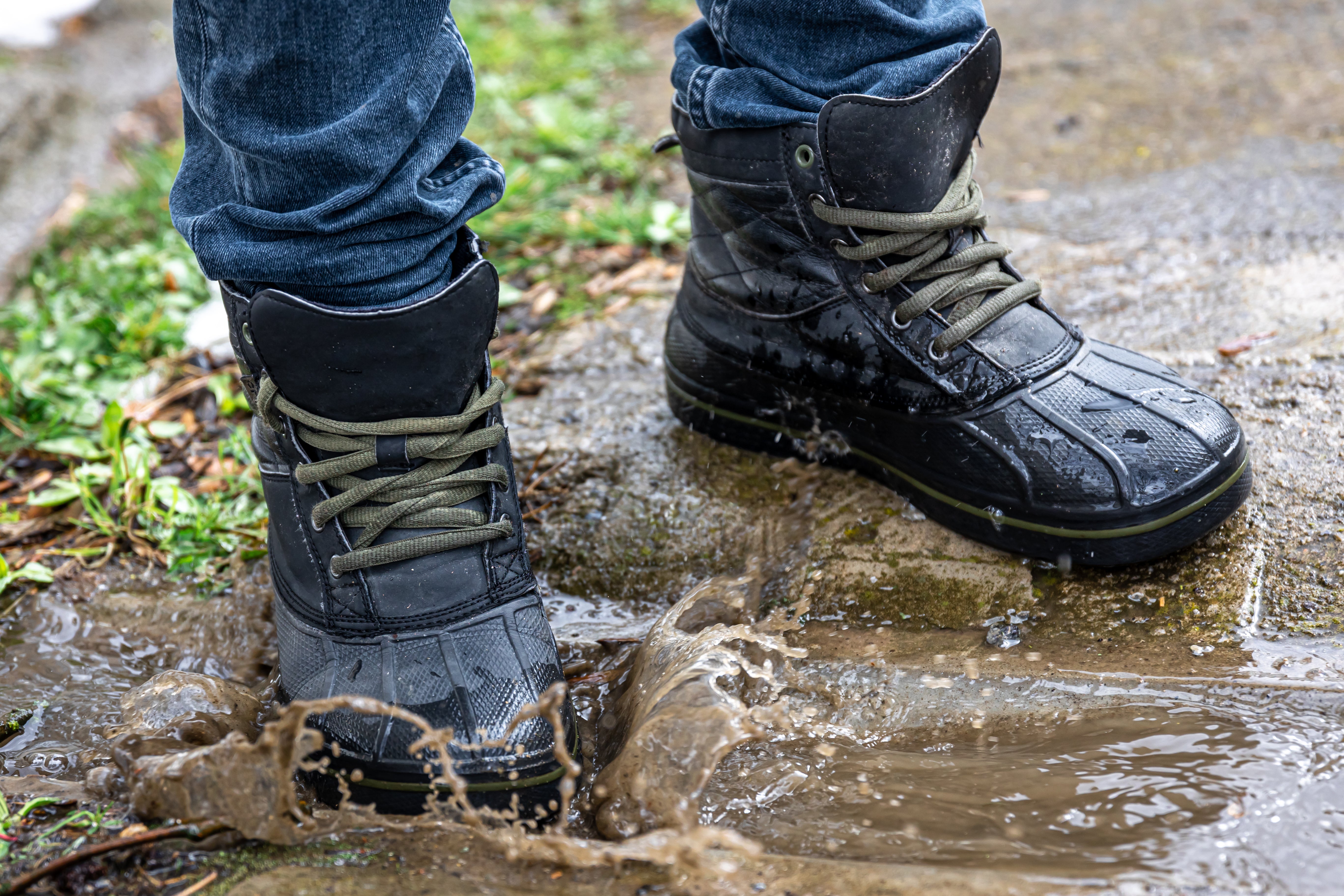Thinsulate: The Ultimate Insulation Technology for All Seasons
Introduction
When it comes to staying warm and comfortable in extreme weather conditions, finding the right insulation technology is essential. Thinsulate, a revolutionary material developed by 3M, has gained popularity as one of the most effective and versatile insulation solutions available today. In this article, we will explore what Thinsulate is, how it works, and the various applications that make it a game-changer in the world of insulation.
What is Thinsulate?
Thinsulate is a type of synthetic insulation material created by 3M, a global science company renowned for its innovative solutions. Unlike traditional insulation materials, Thinsulate is incredibly thin and lightweight while still offering exceptional warmth and insulation. It consists of ultra-fine microfibers that trap air molecules and provide a superior barrier against cold weather.
How Does Thinsulate Work?
The secret behind Thinsulate's outstanding performance lies in its microfiber structure. These microscopic fibers are much thinner than natural fibers or other synthetic insulation, allowing for increased insulation efficiency. The small gaps between the fibers create a network that effectively traps warm air, keeping the body heat in and the cold air out.
The Advantages of Thinsulate
1. Unmatched Warmth-to-Thickness Ratio
Thinsulate's microfiber technology enables it to provide excellent insulation without adding bulk to garments or products. This means you can enjoy a high level of warmth without feeling weighed down by heavy layers.
2. Breathability and Moisture Management
Unlike some traditional insulation materials, Thinsulate allows moisture vapor to escape, preventing the buildup of perspiration and ensuring you stay dry and comfortable during physical activities.
3. All-Weather Versatility
Thinsulate is designed to perform well in a wide range of temperatures, making it suitable for both cold and mild climates. Whether you're facing freezing temperatures or a cool breeze, Thinsulate keeps you comfortable.
4. Durable and Long-Lasting
Thinsulate's microfibers are engineered to be durable, retaining their insulating properties even after multiple washes and extended use. This longevity makes it a cost-effective investment.
Applications of Thinsulate
1. Thinsulate Insulated Clothing
Thinsulate is extensively used in various types of clothing, including jackets, gloves, hats, and boots. It allows designers to create slim and stylish apparel that offers optimal warmth without compromising on fashion.
2. Thinsulate Home Insulation
Beyond clothing, Thinsulate is utilized in home insulation applications. It improves the energy efficiency of homes, keeping indoor spaces warm during winters and cool during summers.
3. Thinsulate in Outdoor Gear
Outdoor enthusiasts benefit greatly from Thinsulate insulation in their gear. Whether it's sleeping bags, tents, or backpacks, Thinsulate enhances the overall camping and hiking experience by providing much-needed warmth in challenging conditions.
4. Thinsulate in Automotive Industry
Automakers also integrate Thinsulate in their vehicles to improve interior comfort. Thinsulate-lined seats and headliners help regulate the temperature inside the car, ensuring a cozy ride for passengers.
5. Thinsulate in Boots
Thinsulate is a synthetic insulation material that is often used in boots to keep feet warm and dry. It is made from small, hollow fibers that trap air, which helps to insulate the feet. Thinsulate is lightweight and flexible, making it a good choice for boots that need to be both warm and comfortable.
Thinsulate is also water-resistant, which helps to keep feet dry in wet conditions. This makes it a good choice for boots that will be used in cold, wet weather, such as hiking boots or snow boots.
Some of our boots are equipped with Thinsulate:
Conclusion
Thinsulate has undoubtedly revolutionized the insulation industry with its cutting-edge technology and unmatched performance. Its ability to provide superior warmth without adding bulk makes it a top choice for various applications, from clothing to home and outdoor gear. Whether you're an outdoor enthusiast, a fashion-forward individual, or someone seeking efficient home insulation, Thinsulate has got you covered.
FAQs
1. Is Thinsulate safe for the environment?
Yes, Thinsulate is considered environmentally friendly. It is free from harmful substances such as ozone-depleting agents and does not emit greenhouse gases.
2. Can Thinsulate be used in extreme cold conditions?
Absolutely! Thinsulate is engineered to perform exceptionally well even in extreme cold weather, making it ideal for activities like skiing and mountaineering.
3. Does Thinsulate lose its effectiveness over time?
No, Thinsulate microfibers retain their insulating properties for a long time, even with frequent use and washing.
4. How does Thinsulate compare to down insulation?
While down insulation is also effective, Thinsulate offers the advantage of retaining warmth even when wet, making it a preferred choice for outdoor activities in damp conditions.
5. Can Thinsulate be recycled?
Thinsulate is not easily recyclable due to its complex microfiber structure. However, its durability ensures it has a longer lifespan, reducing the need for frequent replacements.






Leave a comment
All comments are moderated before being published.
This site is protected by hCaptcha and the hCaptcha Privacy Policy and Terms of Service apply.